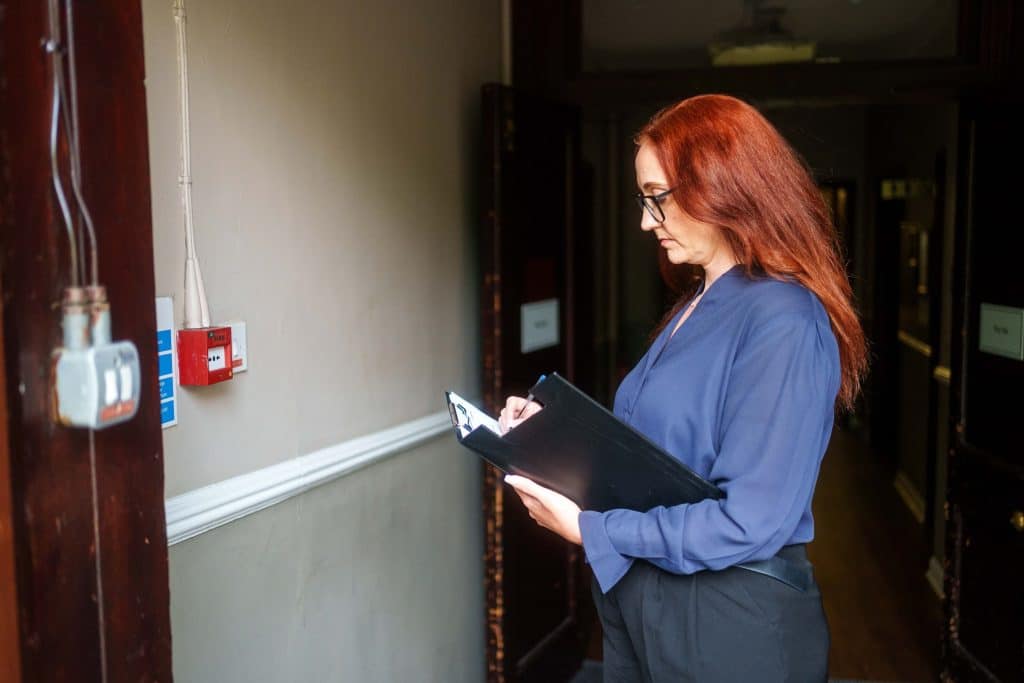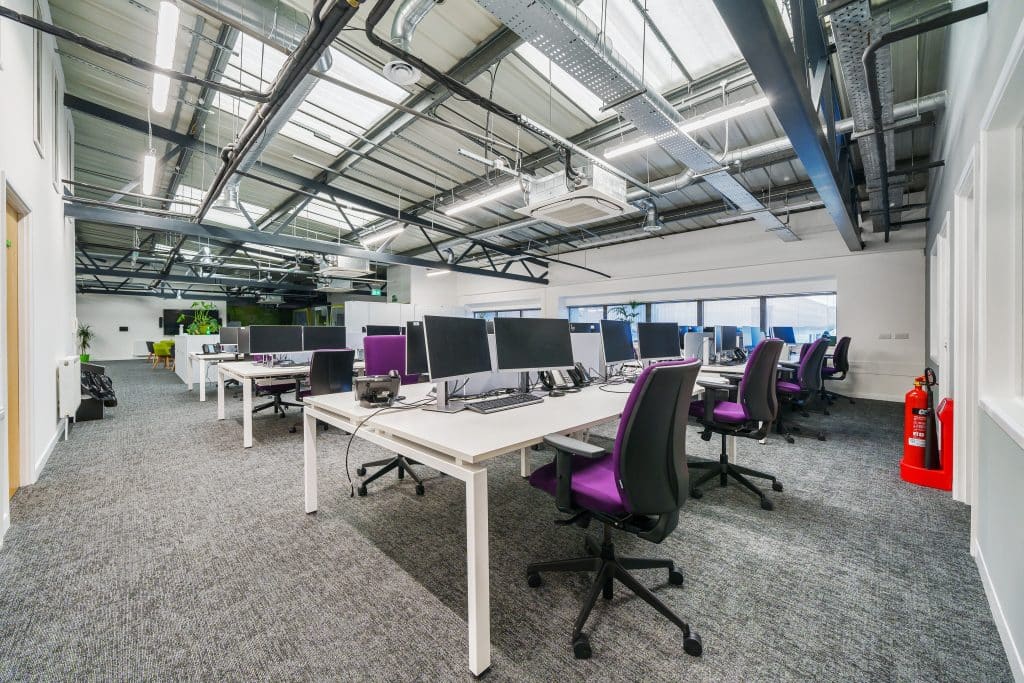Running one commercial property comes with lots of responsibility, but two, five or even a portfolio can multiply the challenges fast. From keeping tenants happy to staying complaint with regulations, the role of a property manager and landlord is never an easy ride.
Many owners think they have the big things covered: rent collection, maintenance schedules and basic tenant communications. But when you’re managing multiple commercial properties, there are several areas that can slip under the radar. These oversights can become expensive mistakes.
We’re going to explore some of the most commonly overlooked aspects of managing a commercial property portfolio.
1. Energy Performance Certificates (EPCs)
If you’ve got more than one property, you might assume EPCs are just a one-off job that covers you for years. In reality, each building has its own energy profile, age, and usage. All of these affect compliance.
What’s often overlooked?
-
Property type: A converted office block will almost always have a tougher time meeting efficiency standards compared to a modern build.
-
Tenant impact: Poor EPC ratings can put tenants off by signaling higher running costs.
-
Updates: EPC regulations are tightening as the UK pushes towards net zero. A certificate that was fine a few years ago could now leave you unable to let the property.
Staying on top of EPCs is essential for compliance, protecting asset value, and keeping your properties attractive to tenants.

2. Health and Safety: Keeping Standards Consistent
Health and safety is one of the biggest areas where oversights occur, especially when looking after multiple sites. It can be easy to assume that if one building is compliant, the others must be too.
Key areas to double-check:
· Risk assessments: These should be carried out regularly and adapted for each property’s use. An industrial unit will have very different risks compared to a retail unit.
· Fire safety checks: Are alarms and extinguishers being serviced on time across every site? Missed checks in even one property can expose you to liability.
· Legionella testing: Water systems are often overlooked, but they’re a legal requirement for health and safety compliance.
· Asbestos management: Any property built before 2000 may contain asbestos. You must have a clear management plan in place and it needs to be reviewed.
The key challenge is consistency. Having a structured system in place with reminders, logs, and evidence of compliance ensures you don’t overlook important checks at one site while keeping another in perfect order.

3. Communication with Tenants
Don’t let managing multiple properties meant hat you slip into a reactive pattern. Answering problems as they arise is great, but building proactive relationships is the key to successful building management.
Why this matters:
· Tenants who feel ignored are more likely to raise complaints.
· Clear communication around maintenance schedules, emergency procedures, and health and safety responsibilities can prevent disputes later.
Proactive communication builds trust and makes managing multiple properties smoother in the long run.
4. Compliance with Regulations
The rules around commercial property are always changing, and when you’re managing more than one building, it’s all too easy for something to be overlooked. A missed update might not seem like much at first, but it can cause big problems down the line.
Here are a few areas that often catch landlords out:
· Energy Performance Certificates (EPCs) – These aren’t just a legal requirement; they also affect how attractive your property is to tenants, especially as the push towards net zero gets stronger.
· Accessibility – Can everyone who needs to use your buildings get in? Making sure they meet modern equality and access standards is both the right thing to do and a compliance must.
· Insurance – No two properties are the same, so the insurance will be different. If cover isn’t tailored, you could find yourself with costly gaps in protection.
Staying on top of these things usually comes down to having a clear, central system, or getting support from a property management team that keeps everything organised for you.

5. Facilities Management: Don’t Underestimate the Basics
It’s tempting to focus only on the headline issues, but daily facilities management is just as critical. Missed cleaning contracts, delayed waste collections, or poorly maintained communal areas can quickly reduce tenant satisfaction.
When you’re stretched across multiple properties, small things are easy to miss but they can snowball into bigger issues that damage both reputation and revenue.
The Value of Professional Support
For landlords and owners, the challenge of managing multiple commercial properties lies in balancing all of these moving parts. Emergency procedures, health and safety, compliance, communication, and facilities management all demand attention, and missing even one can expose you to unnecessary risk.
That’s why many owners partner with dedicated property management teams. At Presence & Co., we manage everything in-house, from facilities to compliance, ensuring consistency and peace of mind across entire portfolios. Whether it’s updating an EOP, arranging regular safety checks, or simply keeping communication with tenants clear and proactive, our approach is designed to remove the guesswork.
To find out more about our services, click here.


